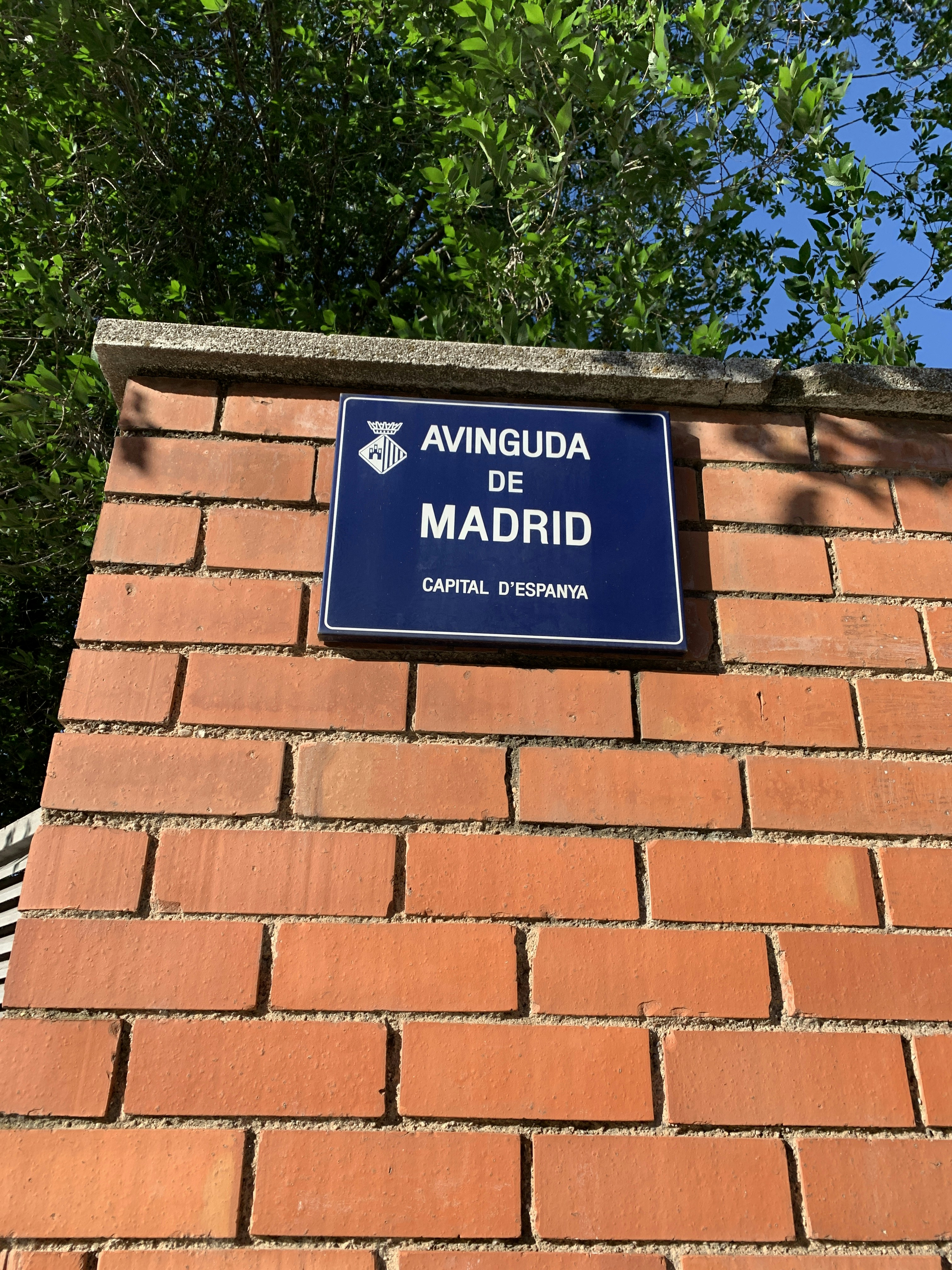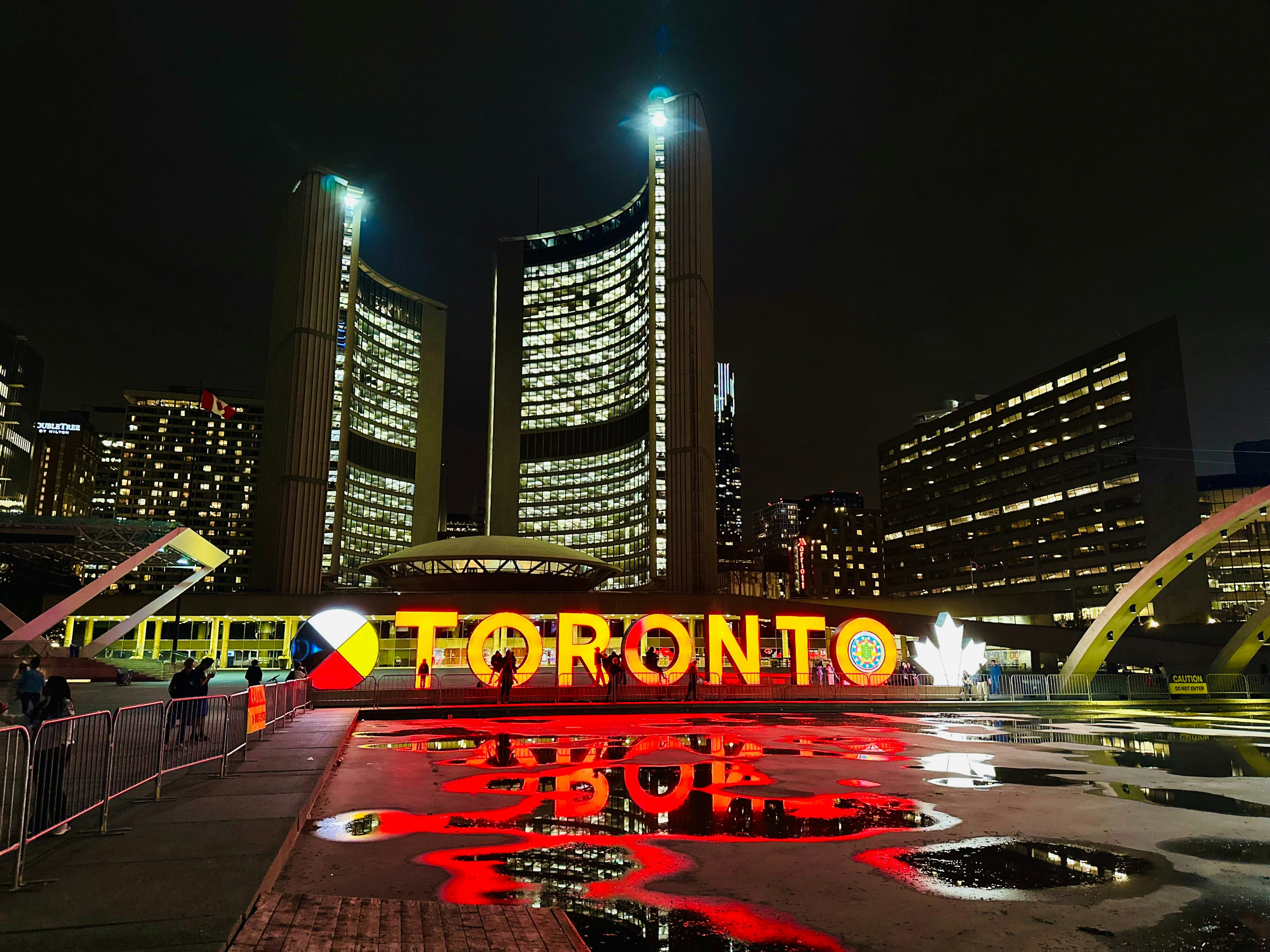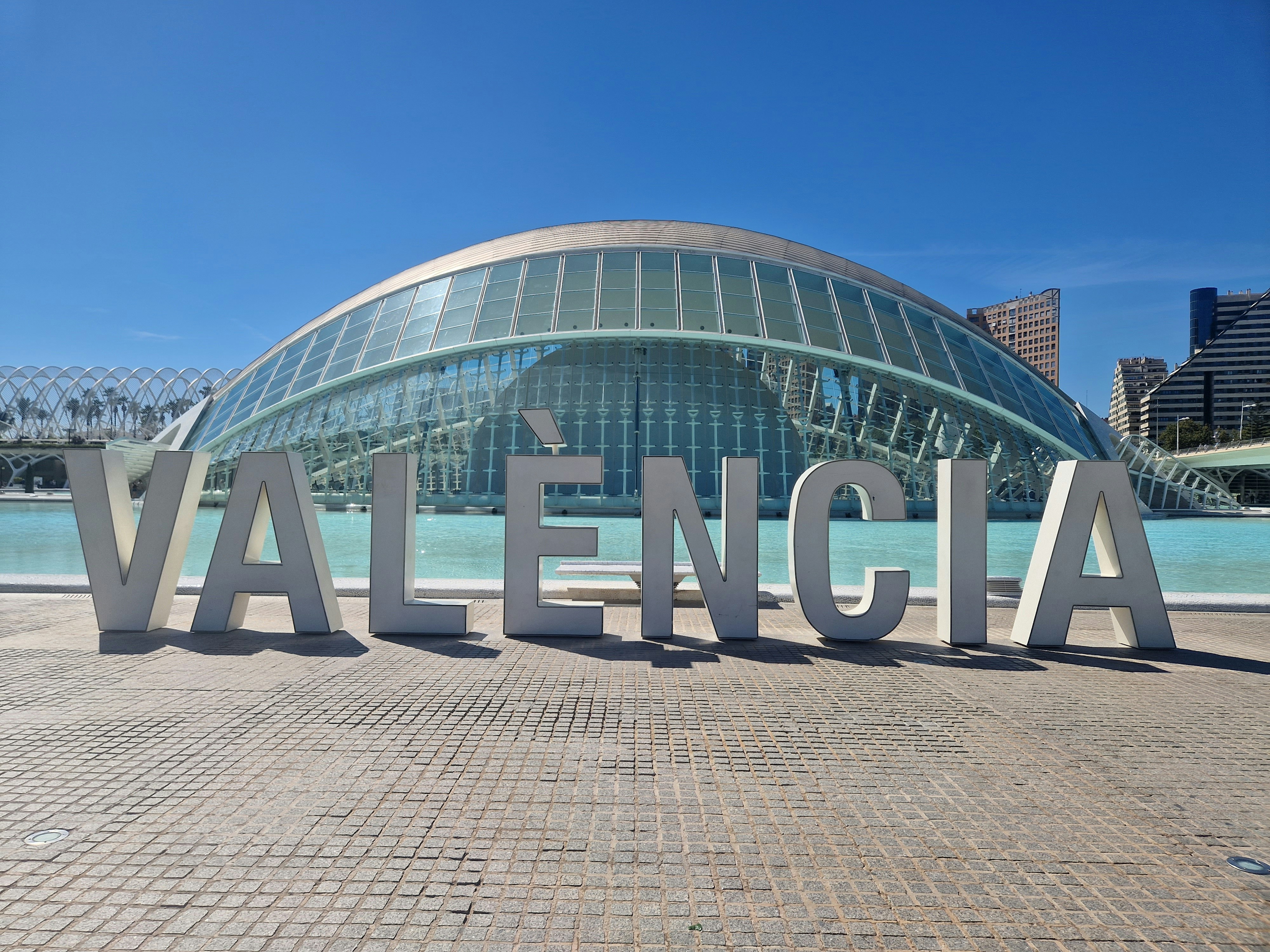
A Brief History of Madrid
Madrid, the vibrant capital of Spain, traces its origins back to the 9th century when it was established as a modest fortress under the rule of the Moors. This early settlement, known as “Magerit,” was strategically located along the Manzanares River, providing both a defensive advantage and essential resources. The small yet significant fortification served as a lookout point, protecting the region from potential invasions. Over time, the settlement began to evolve, gradually attracting various communities and trades.
The transformation of Madrid into a prominent city commenced in the 15th century, culminating in its selection as the capital of Spain in 1561 by King Philip II. This decisive event marked a pivotal moment in Madrid’s history, as it positioned the city as the political, cultural, and economic center of the nation. Through the subsequent centuries, notable figures such as the artists Diego Velázquez and Francisco de Goya contributed significantly to the cultural tapestry of Madrid, fostering an environment rich in artistic expression and intellectual growth.
The 19th and early 20th centuries brought both challenges and progress to Madrid. The city experienced considerable upheaval during the Spanish Civil War (1936-1939), which saw intense conflict, destruction, and societal shifts. The aftermath of the war necessitated reconstruction efforts, leading to Madrid’s modernization and expanding infrastructure. The establishment of democracy in the late 20th century further revitalized the city, fostering renewed engagement with its rich history and cultural heritage.
Today, Madrid stands as a thriving metropolis that beautifully blends its historical roots with contemporary life. From its medieval architecture to its bustling streets and vibrant festivals, the city’s evolution reflects resilience and a spirit of innovation, inviting both locals and visitors alike to immerse themselves in its storied past.
Cultural Treasures and Landmarks
Madrid is a city brimming with cultural significance, where history unfolds in every corner, particularly through its iconic landmarks. The Royal Palace, known as Palacio Real, stands as a testament to Spain’s regal past. This magnificent structure, characterized by its Baroque architecture, boasts over 3,000 rooms adorned with opulent decorations, art, and furnishings. Visitors can explore the intricate beauty of ceremonial halls and lush gardens, all while reflecting on the historical events that have taken place within its walls. It serves not only as a residence but also as a monument that highlights the grandeur of Spain’s monarchy.
Another essential landmark is Plaza Mayor, a central square that encapsulates Madrid’s essence. Surrounded by impressive architecture and vibrant businesses, Plaza Mayor has been a pivotal gathering place since its inception in the early 17th century. The square has played host to numerous historical events, from marketplace activities to public celebrations, and remains a popular locale for tourists and locals alike. It is a perfect spot to observe daily life in Madrid while also appreciating the enchanting blend of history and modernity that this city offers.
In addition to monumental structures, Madrid is home to the acclaimed Prado Museum, which houses an extensive collection of European art, featuring works by artists such as Velázquez, Goya, and Bosch. The museum not only showcases timeless masterpieces but also reflects the city’s rich artistic heritage. Furthermore, the current art scene in Madrid flourishes with contemporary works, local talents, and influential movements, solidifying the city’s position as a cultural hub in Europe. Whether exploring renowned museums or wandering through historic squares, visitors to Madrid can immerse themselves in a vibrant tapestry of art and history that continues to influence and inspire.
Gastronomic Delights of Madrid
Food is a significant aspect of Madrid’s culture and identity, serving as a reflection of both historical traditions and modern influences. The city’s culinary scene is vibrant and diverse, offering an array of dishes that tempt both locals and visitors alike. Among the traditional offerings, tapas hold a prominent position, representing a variety of small plates designed for sharing. These culinary delights range from the simplest olives and cheese to more elaborate options like patatas bravas or gambas al ajillo, showcasing the rich flavors of Spanish cuisine.
Another quintessential dish is cocido madrileño, a hearty chickpea-based stew that reflects Madrid’s rustic roots. This dish typically includes an assortment of meats and vegetables, simmered together to create a comforting meal perfect for colder months. Finding a local restaurant that specializes in this dish provides a true taste of Madrid’s culinary heritage. A visit to the city is incomplete without indulging in churros, often enjoyed with thick hot chocolate. These deep-fried pastries have become a staple breakfast or snack, widely beloved among locals and tourists alike.
The multicultural influences in Madrid’s gastronomy are evident, particularly in areas like Malasaña or Lavapiés, where international eateries are thriving. The fusion of flavors from Latin America, Asia, and Africa has enhanced traditional Spanish recipes, resulting in unique dining experiences. Vibrant local markets such as Mercado de San Miguel and El Rastro further showcase the city’s food landscape, bringing together fresh produce, artisanal goods, and local specialties under one roof. These markets not only cater to food enthusiasts but also reflect the community’s spirit and its evolving palate.
Madrid offers a rich tapestry of gastronomic delights that embody the essence of Spain. With its diverse culinary options, diners can explore the city through its food while enjoying the traditional and innovative twists that Madrid has to offer.
The Vibrant Life of Madrid Today
Madrid stands as a testament to the seamless blend of tradition and modernity, where centuries-old architecture coexists with contemporary design. The city’s vibrant neighborhoods, such as Malasaña and Chueca, pulsate with an energy that attracts both locals and tourists alike. Malasaña, known for its bohemian spirit, is characterized by eclectic shops, trendy cafés, and street art, while Chueca is famous for its LGBTQ+ friendly atmosphere, offering a lively scene full of bars and restaurants. Each neighborhood tells a unique story, celebrating Madrid’s diverse culture.
The nightlife in Madrid is another key aspect of its dynamic lifestyle. As the sun sets, the city transforms into a hub of activity, with numerous tapas bars and nightclubs opening their doors. The locals, known for their sociable nature, enjoy late-night gatherings, often indulging in conversation over shared plates. This vibrant nightlife scene exemplifies Madrid’s spirit; it is a city that embraces life, laughter, and connection, inviting visitors to partake in its festive atmosphere.
Festivals in Madrid also play a fundamental role in showcasing the city’s cultural richness. Events such as La Paloma and San Isidro attract crowds with traditional music, dance, and culinary delights. This celebration of heritage highlights the locals’ pride, as they pay homage to their customs while simultaneously welcoming global influences. The festivals reflect how the citizens of Madrid embrace their roots while adapting to the interwoven impacts of globalization.
In conclusion, contemporary Madrid is a vibrant tapestry woven from its rich past and progressive present. Visitors can expect an engaging experience, marked by dynamic neighborhoods, exhilarating nightlife, and cultural festivities that collectively illustrate what life in Madrid today embodies.


